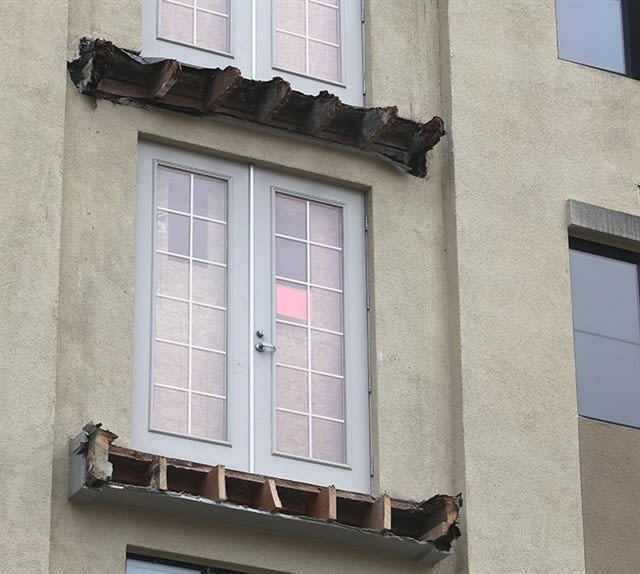KevinChez
Structural
- Oct 6, 2013
- 77
I have a high end residential project with a 50ft x 50ft garage located under the upper two floors. I was going to design a couple of 50 foot deep W-beam's to avoid posts. They want to have room for 5-6 cars and a turntable.
Seems crazy to have a W24 or deeper. It is going to be so heavy. I doubt I can talk the client into posts due to the layout. But maybe costs/constructability will govern.
What are your thoughts on cambering this beam and what is an appropriate L/??? deflection criterion?
Thank you!
Seems crazy to have a W24 or deeper. It is going to be so heavy. I doubt I can talk the client into posts due to the layout. But maybe costs/constructability will govern.
What are your thoughts on cambering this beam and what is an appropriate L/??? deflection criterion?
Thank you!




